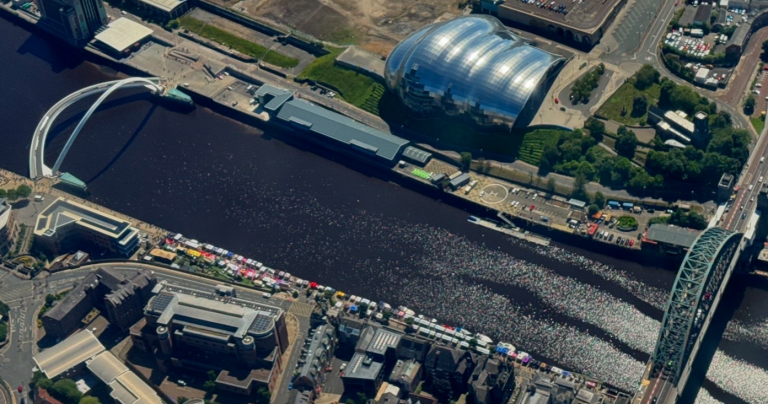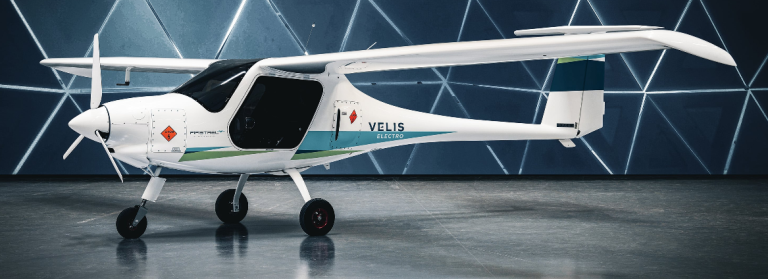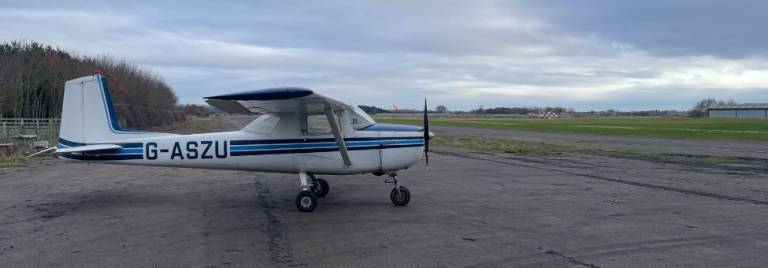This week saw the tragic passing of two pilots revered throughout the aviation community. Both are regarded as heroes for completely different reasons and you’ll probably have seen both of them on TV at some stage doing their thing. This article is my little contribution to the memory of Dennis Fitch and Arnie Schreder who both succumbed to cancer, aged 69, this week.
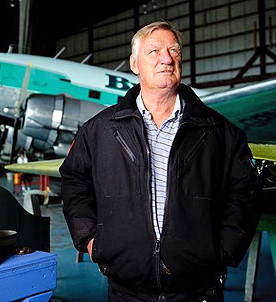
Arnie Schreder
Arnie Schreder was born in 1942 in Kingston, Ontario. He gained his Private Pilot’s License at the age of 17 after training in Saskatchewan and gained his Commercial License while training for a degree in Nursing.
His love of flying and natural desire to help others led him to a long and illustrious career of flight instruction. However, unlike most Certified Flight Instructors (CFIs) who spend their time in tiny Cessnas battle stiff breezes and wisps of cloud, Arnie trained an army of hardcore pilots how to fly huge warbirds from World War 2. Not only that, but his students learned to fly in the bitter and extreme Northern provinces of Canada, including inside the Arctic Circle.
When he wasn’t teaching the exquisite control of half-century-old Douglas DC-3s, DC-4s, Curtiss C-46 Commandos, Lockheed Electras and lighter, newer Beech aircraft, he could be found battling the intense heat and pace of Canada’s bush fires from the cockpit of a Canadair CL-215 water bomber.
Arnie was Chief Pilot at Buffalo Airways, a cargo and passenger airline operating out of Yellowknife, North West Territories (NWT) until his retirement in 2010. During his time at Buffalo he became a TV star; the airline became the topic of a show called Ice Pilots NWT. Arnie Schreder was known for his calm, caring attitude and supreme talent as a pilot. With over 38,000 hours of flight time in his logbook, he was one of the most experienced pilots in the World. While at Buffalo he was part of a team who transported two Canadair CL-215 water bombers across Canada, the North Atlantic and East along the Mediterranean Sea to Turkey; he also successfully recreated the Dam Busters raid with an actual bouncing bomb.
Arnie died in the early hours of 5th May, 2012 after a long battle with lung cancer. To an amazing life and an amazing guy. R.I.P. Arnie Schreder.
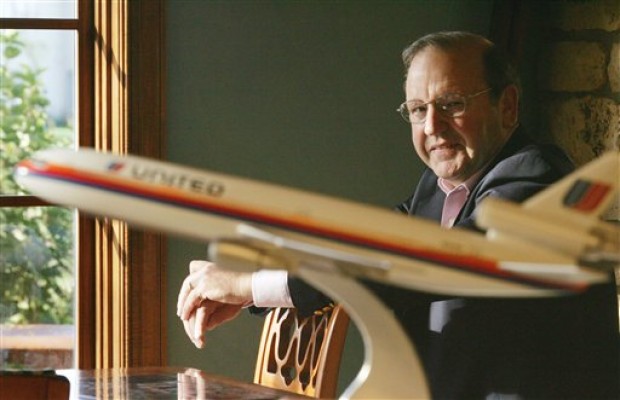
Dennis Fitch
On 19th July 1989, United Airlines pilot Dennis “Denny” E. Fitch was hitching a lift home on board one of his company’s DC-10 aircraft. The DC-10 is a three-engined aircraft, two engines under the wings and one in the tail; on this day, the fan disk of engine number 2 (the one in the tail) failed, disintegrating and throwing high-speed shrapnel out of the tail cone. This caused the hydraulic lines to be severed and thus resulted in a total loss of all control surfaces (ailerons, elevators, rudder). It became obvious quite quickly to Fitch that there was a serious problem and, as a DC-10 Training Captain, he offered his assistance to the flight crew.
While Captain Al Haynes is often regarded as the hero of the event, it was Dennis Fitch who realised he could maintain a semblence of control of the aircraft by using asymetrical thrust on the two remaining engines. Using nothing but engine power to control the jet, Fitch managed to steer the aircraft towards the runway at Sioux Gateway Airport, Sioux City, Iowa.
You’ve probably seen what happened next to Fitch and the other 284 people on board:
It looks like a total write-off, but more than half the passengers escaped with their lives. In fact, of the 285 people on board the flight, 184 people survived*). 184 people’s families who didn’t have to hear about the deaths of their loved ones that fateful day.
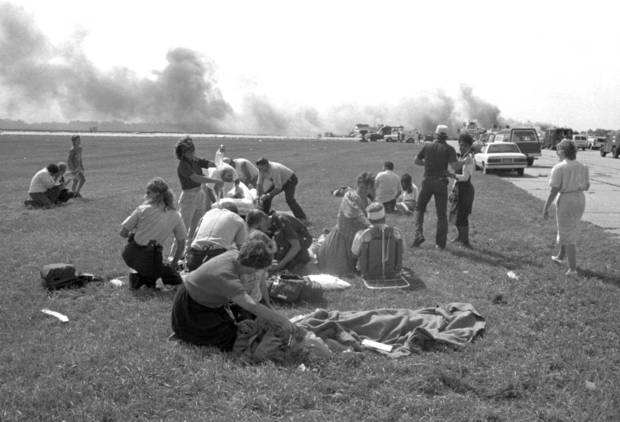
* the NTSB classifies the survival of one extra person who sadly died of their injuries, 31 days after the accident, but this is Government statistical semantics
